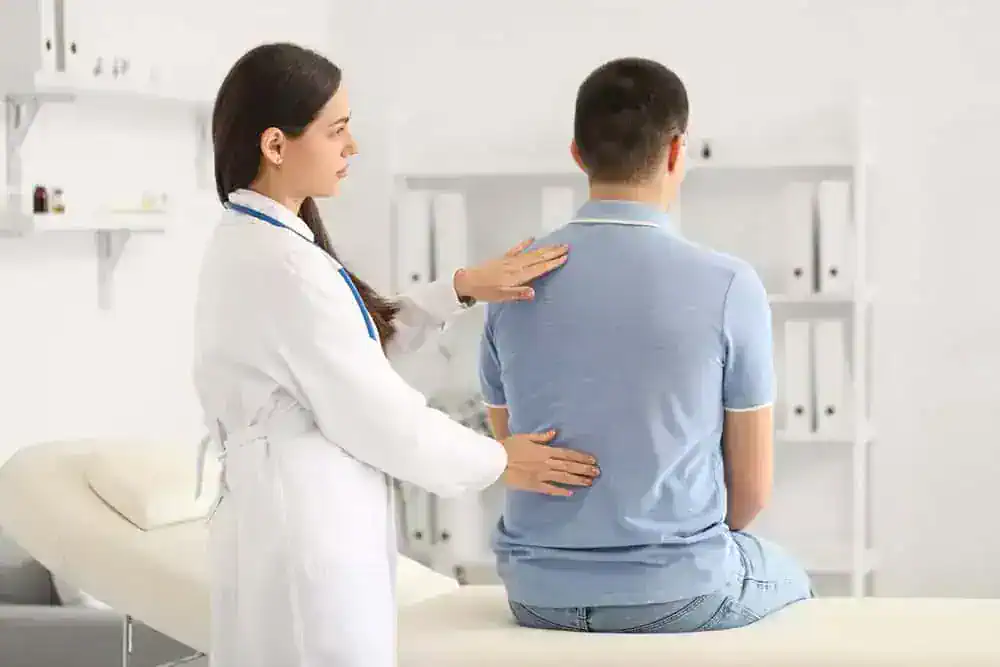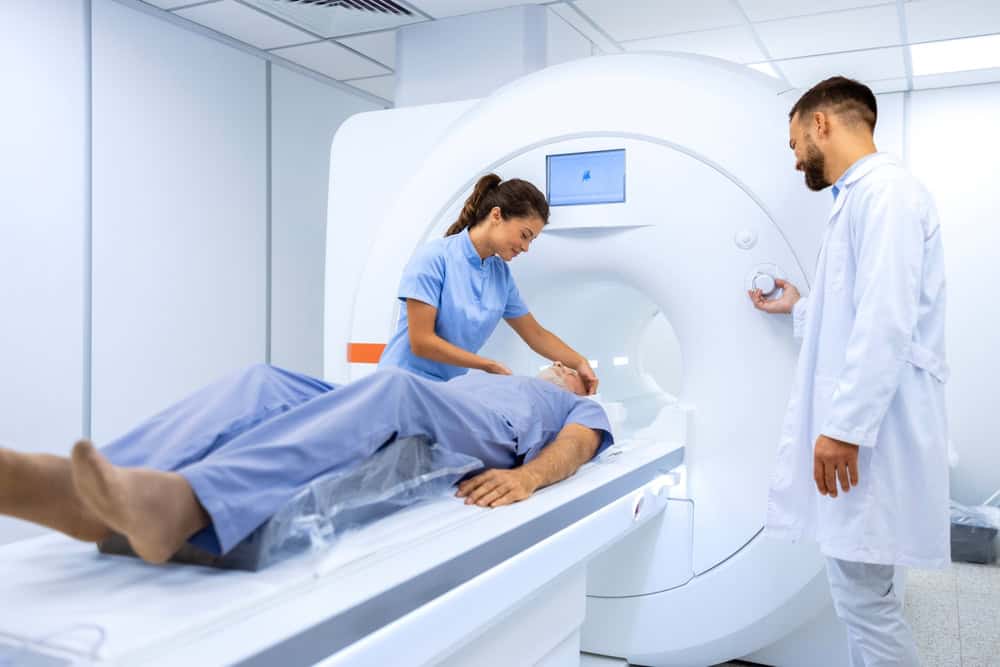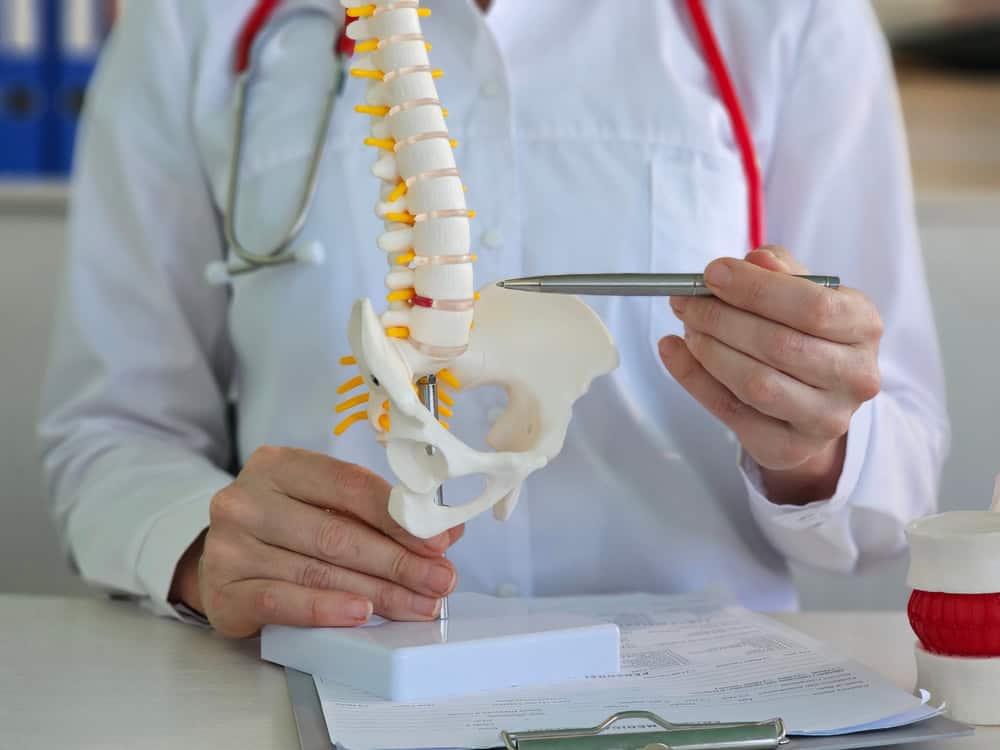Summary:
The Bed Rest Myth: Why Movement Beats Staying Still
For decades, bed rest was the go-to prescription for back pain. It seemed logical—if your back hurts, don’t move it, right? Wrong. Bed rest has a limited role in healing sore backs, and in very small doses can give you a break when standing or sitting causes severe pain, but too much may make back pain worse.
To get the most from staying in bed, limit the time you are lying down to a few hours at a stretch, and for no longer than a day or two. Beyond that, you’re actually working against your recovery. Your muscles start weakening, your joints stiffen, and what started as a minor issue can become a major problem.
The evidence is clear: gentle movement and activity promote healing much better than prolonged rest. Your back wasn’t designed to be immobilized—it needs movement to stay healthy and recover from injury.
What Happens When You Rest Too Long
While your back may feel a little better in the short term, too much time in bed can trigger other problems, including muscles losing conditioning and tone, digestive issues such as constipation, and some risk of developing blood clots in the veins of your pelvis and legs.
But the problems go deeper than just physical complications. Prolonged bed rest does nothing for your mental health and sense of well-being, with depression and an increased sense of physical weakness and malaise common among people confined to bed.
Think about it this way: your back muscles are like any other muscles in your body. When you don’t use them, they get weaker. When they get weaker, they can’t support your spine properly. When your spine lacks proper support, you’re more likely to experience pain and re-injury.
Prolonged bed rest can cause lower back pain, can aggravate existing back pain by weakening your muscle strength, and can result in a higher risk of back injury due to spinal instability and insufficient load-bearing capacity of the spine. The very thing you thought would help is actually making things worse.
Instead of extended bed rest, focus on gentle movement as soon as you can tolerate it. Walking, light stretching, and basic daily activities keep your muscles engaged and your spine mobile. This doesn’t mean pushing through severe pain, but it does mean avoiding the trap of thinking that complete inactivity equals healing.
The Right Way to Use Rest for Back Pain
This doesn’t mean rest has no place in back pain recovery—it’s all about timing and duration. One or two days of rest should help relieve initial pain, but patients should not stay in bed for longer and should limit long periods of sitting.
If tolerated, try to stay mobile in the first few days after your injury. Move gently. Mild movement is better than bed rest. Any lengthy bed rest can prolong your back pain. The key is finding that sweet spot between giving your body the rest it needs to start healing and keeping it active enough to prevent deterioration.
When you do rest, make it count. To ease the strain on your back, try putting pillows under your head and between your knees when lying on your side, under your knees when lying on your back, or under your hips when lying on your stomach. These positions reduce forces that sitting or standing impose on the back.
Clinical studies show that patients continuing ordinary activities as tolerated had better recovery than those prescribed either bed rest or exercises after 3 and 12 weeks. Your body wants to move, and when you honor that need—within reasonable limits—you’re working with your natural healing processes, not against them.
The bottom line? Use rest strategically, not as your primary treatment strategy. A day or two to let acute inflammation settle down can be helpful, but after that, gentle movement becomes your best friend in the recovery process.
Want live answers?
Connect with a NY Spine Medicine expert for fast, friendly support.
Cracking Your Back: Separating Sound from Science
That satisfying pop when you twist your spine—does it spell doom for your joints? Despite what your grandmother might have told you, cracking your back does not cause arthritis, and cracking any of your joints, like your knuckles, neck, back, or hips, is generally considered safe.
The sound you hear isn’t your bones grinding together or joints being damaged. The cracking sound is not bones grinding against each other, but instead the release of gas bubbles in the fluid that surrounds your joints, known as synovial fluid, which acts as a lubricant. It’s completely natural and happens throughout your body.
But like most things, context matters. There’s a difference between the occasional natural crack that happens when you stretch and forcing your joints to pop repeatedly throughout the day.
The Arthritis Connection: What Research Really Shows
It’s a common view that knuckle cracking leads to arthritis, but there’s no scientific basis for this myth, with studies showing that people who crack their knuckles have the same rates of arthritis as people who don’t. The same principle applies to your back.
One of the most common myths about back cracking is that it leads to arthritis, but there’s no scientific evidence to support this claim. Cracking your back does not cause arthritis, and the sound has no connection to joint damage. Arthritis is a condition that involves inflammation of the joints, often caused by factors like genetics, injury, or wear and tear over time—not by cracking.
What about people who already have arthritis? Cracking your back does not make an arthritis condition worse or speed up the degeneration in any way, though it could cause pain to some patients who would normally find relief by popping their spines.
The research is consistent across multiple studies and medical institutions. There is no evidence of an association between joint cracking and arthritis, with limited studies showing no change in occurrence of arthritis between “habitual knuckle crackers” and “non crackers.”
However, this doesn’t mean you should force your joints to crack constantly. While cracking your back has not been definitively linked to arthritis, it’s essential to proceed with caution, as doing it occasionally and in a controlled manner is usually fine, but excessive or forceful cracking can lead to other complications.
When Back Cracking Becomes Problematic
While occasional back cracking won’t cause arthritis, there are times when you should be more careful. Medical experts are more cautious when people crack their neck or back because the wrong sort of movement could damage the spinal cord or nerves.
Any fast back cracking done by yourself or someone else who hasn’t been trained to work on the spine has the potential for injury, and this practice is not recommended as it can potentially be bad for the spine. If you can’t crack your back by yourself by twisting, it’s best to have a trained doctor of chiropractic do it for you.
Pay attention to your body’s signals. If you find yourself suddenly having to crack your back multiple times a day, it’s a sign something might be wrong. Pay close attention to how you feel when you crack your back. If cracking is accompanied by pain, swelling, or other concerning symptoms, it’s time to see a professional.
If knuckle cracking causes you pain, there may be a physical problem, and you should avoid cracking knuckles if you have arthritis, bursitis, or tendinitis, as the “cracking” can mean snapping irregular or swollen joint tissue. The same principle applies to your back—if it hurts to crack it, don’t force it.
The takeaway? Occasional, natural back cracking is harmless and won’t cause arthritis. But if you’re forcing it, doing it constantly, or experiencing pain, it’s worth having a spine specialist take a look to make sure there isn’t an underlying issue that needs attention.
Heavy Lifting and Back Pain: It's Not What You Think
Here’s a myth that contains a grain of truth but misses the bigger picture. Yes, improper lifting can hurt your back, but lifting heavy objects with poor form can contribute to back pain, but the major culprits are a sedentary lifestyle, poor posture, obesity and genetic factors.
It’s not necessarily how much you lift, it’s how you do it. You can injure your back picking up a pencil if you do it wrong, or safely lift heavy objects if you use proper technique. The weight itself isn’t the enemy—poor movement patterns are.
The real issue is that our modern lifestyle has made us weaker and less prepared for physical demands. When your core is weak, your posture is poor, and you spend most of your day sitting, even normal activities can become back pain triggers.






